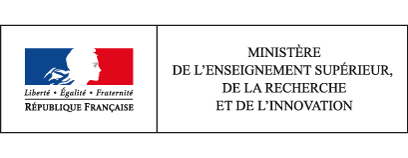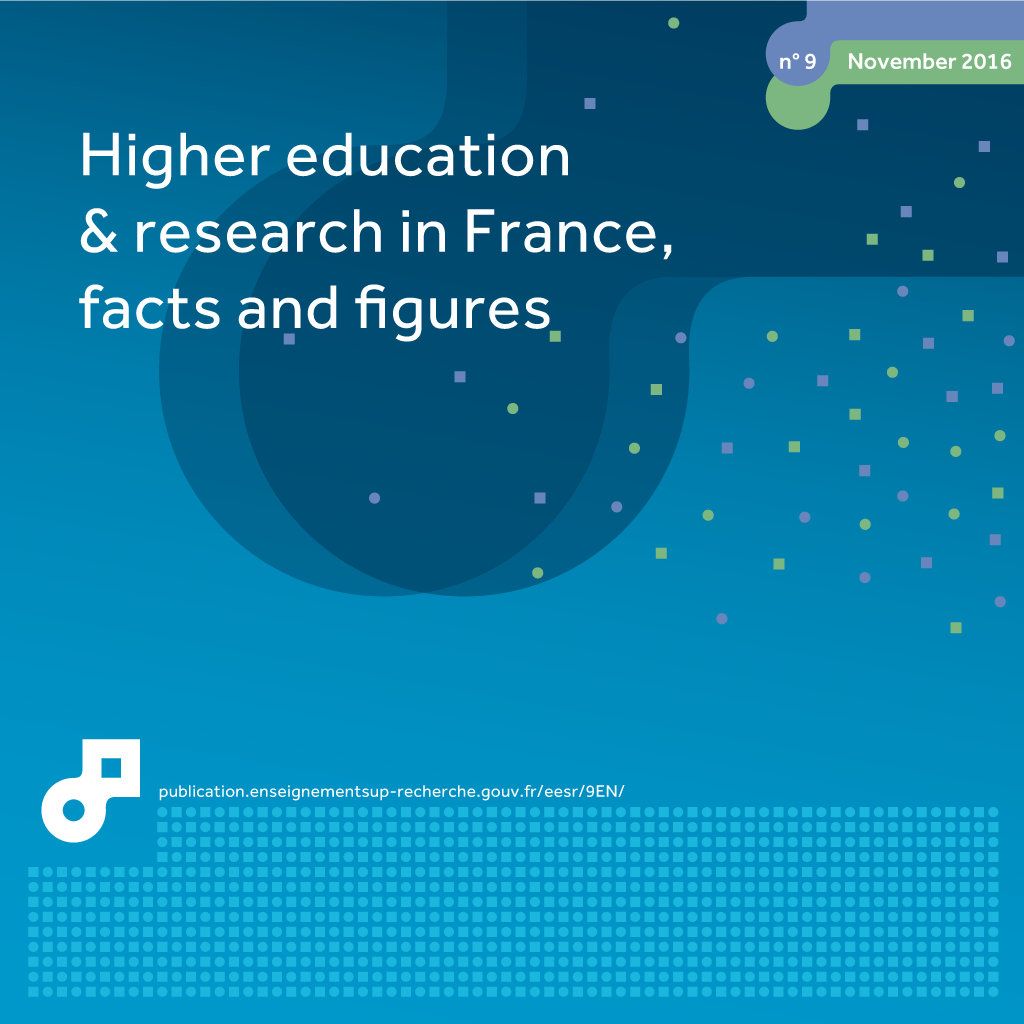 By . The military campaign in Iraq against Islamic State, better known as Da’esh, is still in progress, but in the parts of the country reclaimed by the national government, archaeologists have already begun work on assessing the damage the radical group caused to important ancient sites. More...
By . The military campaign in Iraq against Islamic State, better known as Da’esh, is still in progress, but in the parts of the country reclaimed by the national government, archaeologists have already begun work on assessing the damage the radical group caused to important ancient sites. More...
Ambitious But Secretive Arab Education Provider: Iran
 By . Iranian universities are rapidly expanding their branches in the Arab world, in a move to serve Iranian expatriates, connect with Arab students and expand the country’s “soft power.”
By . Iranian universities are rapidly expanding their branches in the Arab world, in a move to serve Iranian expatriates, connect with Arab students and expand the country’s “soft power.”
Iranian universities have established nine branch campuses in eight Arab countries including the United Arab Emirates, Iraq, Syria, Lebanon, Oman, Comoros, Qatar and Kuwait. More...
World Cup Inspires Innovation Research in Qatar
 By . When Qatar won the bid to host soccer’s 2022 World Cup, the decision was heavily criticized, provoking debate on the state of human rights in the small Gulf country and the suitability of its climate to host the world’s most popular sports competition. More...
By . When Qatar won the bid to host soccer’s 2022 World Cup, the decision was heavily criticized, provoking debate on the state of human rights in the small Gulf country and the suitability of its climate to host the world’s most popular sports competition. More...
Omani Music Masks A Slave Trading Past
 By . It’s not long into an interview with an ethnomusicologist, Majid al-Harthy, before he makes what he sees as an important distinction. Omani traditional music doesn’t have an African “influence,” he explains with a friendly fervour, but rather it has an African “presence.” In that seemingly simple semantic difference, he says, lies a denial of Oman’s history in the slave trade. More...
By . It’s not long into an interview with an ethnomusicologist, Majid al-Harthy, before he makes what he sees as an important distinction. Omani traditional music doesn’t have an African “influence,” he explains with a friendly fervour, but rather it has an African “presence.” In that seemingly simple semantic difference, he says, lies a denial of Oman’s history in the slave trade. More...
Academic Books Flourish at Tunisia’s Book Fair
 By . Despite the low average pace of reading in the Arab world—just a quarter of a page or six minutes per year, according to an Arab Thought Foundation report—many Arab cities still celebrate annual book fairs. The one here in Tunis has just wrapped up. More...
By . Despite the low average pace of reading in the Arab world—just a quarter of a page or six minutes per year, according to an Arab Thought Foundation report—many Arab cities still celebrate annual book fairs. The one here in Tunis has just wrapped up. More...
Yemeni Youth Speak: “We Are Stranded”
 By . Trapped, isolated, and often forgotten. That is the situation of many Yemeni youth, wherever they live, who are seeking education and, ultimately, employment. More...
By . Trapped, isolated, and often forgotten. That is the situation of many Yemeni youth, wherever they live, who are seeking education and, ultimately, employment. More...
Yemen: Chaos, War and Higher Education
 By . When Ghassan started studying science at a private university in Yemen’s capital city three years ago, he planned to finish his bachelor’s degree quickly and go on to become a professor. Instead his studies have been slow and, much to his embarrassment, his mother had to sell her gold bracelets to pay his university fees. More...
By . When Ghassan started studying science at a private university in Yemen’s capital city three years ago, he planned to finish his bachelor’s degree quickly and go on to become a professor. Instead his studies have been slow and, much to his embarrassment, his mother had to sell her gold bracelets to pay his university fees. More...
What Art Can Teach Us About the Arab World
 By . Art provides a different narrative about the Arab world— an alternative view to that of scholars and politicians, says Sultan Sooud Al-Qassemi. Al-Qassemi is a United Arab Emirates-based collector of modern and contemporary Arab art who—through his art foundation, lectures, media appearances, and Twitter feed—shares this alternative view as widely as he can. More...
By . Art provides a different narrative about the Arab world— an alternative view to that of scholars and politicians, says Sultan Sooud Al-Qassemi. Al-Qassemi is a United Arab Emirates-based collector of modern and contemporary Arab art who—through his art foundation, lectures, media appearances, and Twitter feed—shares this alternative view as widely as he can. More...
19 continuing education programmes at higher education institutions
 Like the previous editions, the 9th edition of Higher Education and Research in France, Facts and Figures presents an annual overview, backed up by figures, of developments within the French system, its resources and outcomes.
Like the previous editions, the 9th edition of Higher Education and Research in France, Facts and Figures presents an annual overview, backed up by figures, of developments within the French system, its resources and outcomes.
19 continuing education programmes at higher education institutions, by Joëlle Grille
In 2013, continuing education programmes at higher education institutions achieved a turnover of 427 million euros, a rise of 5% compared to 2012, in current euros. It represents less than 2% of vocational education turnover in France. 477,300 trainees attended and 82,800 qualifications were awarded, including 56,200 national diplomas.
In 2013, 477,300 trainees were on continuing education programmes in higher education, 1% less than in 2012. However, between 2012 and 2013, turnover increased by 5% in current euros. The volume of trainee hours increased, with 57 million teaching hours and 70 million hours when practical placements were included (table 19.01). Continuing education under the authority of the Ministry of National Education, Higher Education and Research occupied a modest place within vocational education in France in 2012: out of 19,500 bodies offering continuing education as a main activity, it represented 4.7% of the turnover, 3.6% of the number of trainees and 8.7% of trainee hours. Private funds, companies or individuals represented 68% of resources in terms of vocational training, an increase of two points compared to 2012 while, according to the Directorate for Research, Studies, and Statistics (DARES), public funds fell by 24% overall. In universities, the share of private funds reached 73%, while public funds fell to 20%.
The turnover for training offered by universities increased by 7% compared to 2012. The number of enrolments increased by 15% and the number of trainee hours by 5%. At the National Centre of Industrial Art and Design (CNAM), the number of 'auditeurs' and 'auditeur' hours (individuals enrolled to attend lectures) fell by 6% but the turnover remained stable. The average length of courses increased to reach 116 teaching hours (+ 2 hours) and 147 hours for training with a practical placement (+ 5 hours).
University technology institutes (IUTs) received 8% of university continuing education trainees at level III, II and I (17,650 trainees). They represented 13% of students preparing for a national diploma and 40% of vocational training contracts signed between universities and companies.
In 2013, 364,500 trainees were enrolled in continuing education at university, of which 52,700 attended public lectures. Out of the 311,800 students not enrolled on public lecture courses, the share of trainee employees enrolled through various systems (training plan, vocational training contract or individual training leave) fell by three points to 41% (chart 19.03) while the share of fee-paying trainees enrolled on their own initiative (individuals excluding public lecture courses) grew by four points (36%) and the number of jobseekers increased by one point, to 14% of trainees. Jobseeking trainees without financial aid now represent 36.5% of jobseekers taking continuing education courses.
In 2013, as in 2012, over half of trainees were preparing for a national diploma or qualification (33%) or a university degree (19%). Short qualifying courses, lasting on average 34 hours, attracted 25% of students, while attendance at cultural lectures increased by two points, with 19% of students (chart 19.05).
The number of qualifications awarded through university continuing education (including those awarded by Validation of learning from experience (VAE)) increased by nearly 1% in 2013. Of the 81,900 qualifications awarded, 68% were national diplomas (55,502). Out of these, 46% were level II (general Bachelor's degrees, vocational Bachelor's degrees and Master's degrees) 36% were level I (Engineering diplomas and Master's degrees), 12% were level IV and 6% level III, mainly University technology diplomas (DUT) (table 19.04). In 2013, the share of continuing education qualifications in all qualifications awarded by universities was 10%, compared to 9% in 2012. More...
Report: Colleges and universities doing incredible job meeting growing student demands
 The report, published by The Association for College and University Technology Advancement (ACUTA) and the Association of College and University Housing Officers-International (ACUHO-I), is the sixth installment of a study to measure the pulse of ResNet practices and policies in higher education. More...
The report, published by The Association for College and University Technology Advancement (ACUTA) and the Association of College and University Housing Officers-International (ACUHO-I), is the sixth installment of a study to measure the pulse of ResNet practices and policies in higher education. More...



/https%3A%2F%2Fprofilepics.canalblog.com%2Fprofilepics%2F1%2F0%2F1076071.jpg)